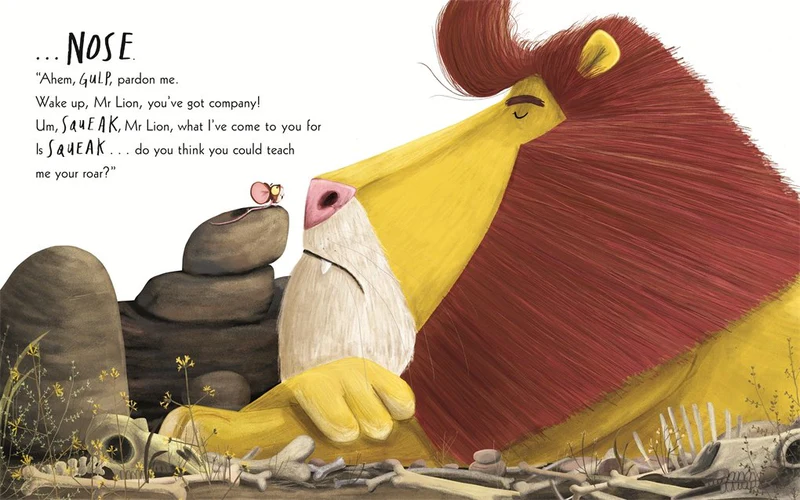Looking at the History of Viruses and Public Opinion

In 1999, David Papineau wrote for the Book Review about “Flu,” Gina Kolata’s book about the 1918 influenza pandemic and the hunt for the virus that caused it.
Could it come back? Could a flu virus once more lay waste millions of healthy people? Gina Kolata’s new book, “Flu,” is about the scientists who worry about influenza, and she explains that they remain very nervous indeed. They are especially jumpy about viruses that come from other animals. In 1976 they persuaded President Gerald Ford to immunize the entire American population against a strain of swine flu that had killed one young soldier. In Hong Kong a couple of years ago, over a million commercial chickens were slaughtered and disinfected after a child’s death had alerted international scientists to a new bird flu virus.
As well as its intrinsic excitement, Kolata’s narrative offers a number of insights into the workings of science. One moral is that science and public opinion do not seem to mix too well. As soon as a scientific issue makes the front pages, it seems to shake off the grip of reason. Kolata spends some time on the nationwide immunization program of 1976, and makes it clear that Ford’s decision owed less to scientific judgment than to political expediency.
Read the rest of the review.




